Performance Analysis
Although Nvidia’s driver still appears to be buggy when it comes to Total War: Warhammer II, elsewhere it’s clear that the RTX 2070 is a very strong performer even at reference speeds. With a sub-30fps minimum in three of our games at 4K, it’s not quite suitable for this resolution, but it will be able to handle less demanding/better optimised titles here, as shown by Wolfenstein and World of Tanks, where average frame rates are over 60fps. QHD (1440p) is where the RTX 2070 really shines, though, with performance that would make it well suited to a high refresh rate monitor.
The RTX 2080 Founders Edition sits comfortably ahead by 20 to 25 percent typically, with this lead being pretty consistent regardless of API or resolution.
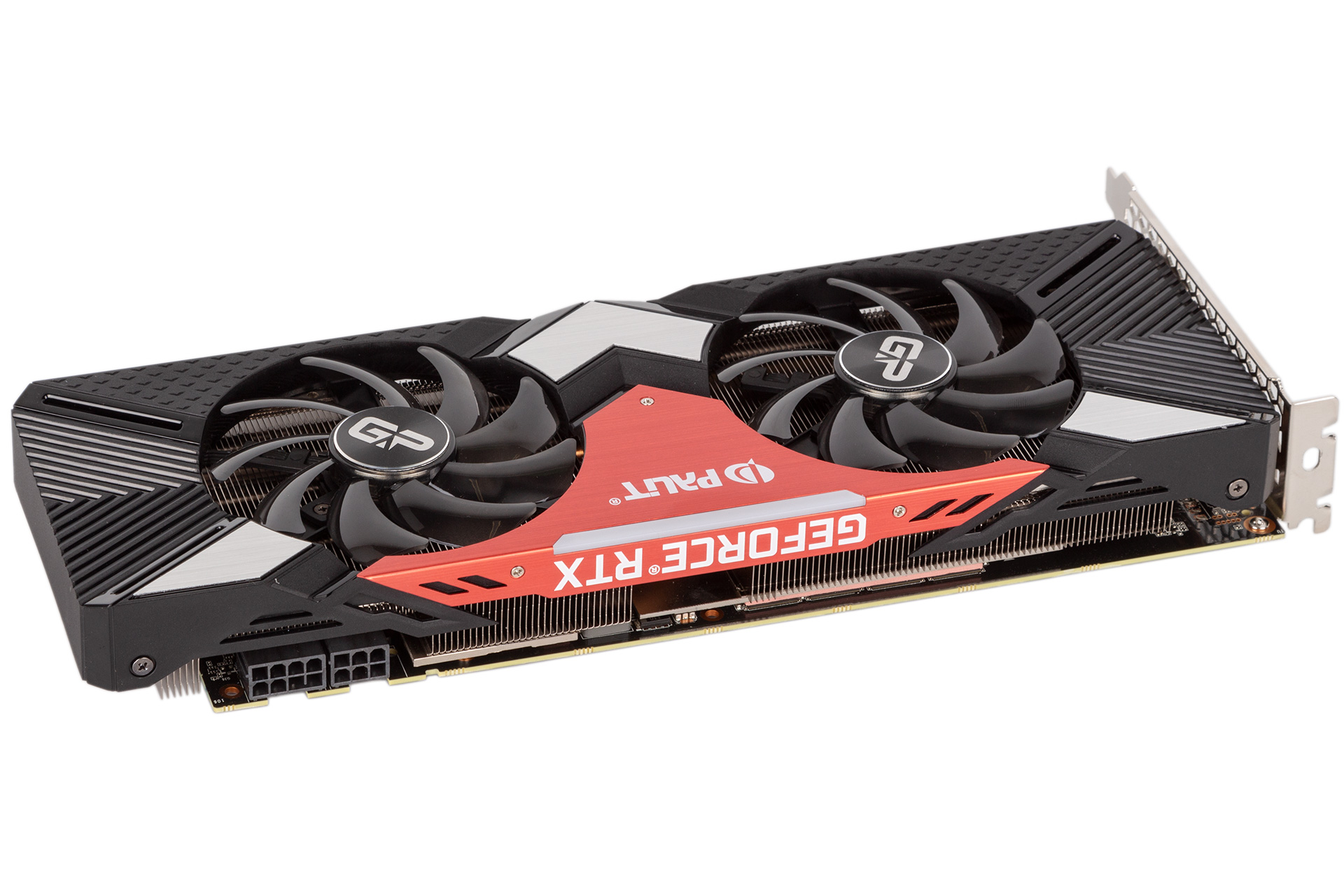
Nvidia appears to have targeted GTX 1080 levels of performance here. Even next to an overclocked version of the older card, we see an average seven percent lead for the new part. Sometimes the cards are neck and neck, but titles like Battlefield and Wolfenstein II as well as the synthetic DirectX 12 tests do see the RTX 2070 pull ahead. On average, it does so more as you up the resolution, which is unsurprising given that Turing goes big on local cache and external memory bandwidth.
As a result, it’s also about nine percent faster on average than a reference RX Vega 64. This card doesn’t really come as reference any more, and the partner cards that are available will see this gap narrowed, but overall the RTX 2070 comes out on top. Again we see slightly bigger leads at higher resolutions, and also in DirectX 11, but that’s more as a result of Vega being relatively bad in DX11.
While the full story of the Tensor cores and RT cores still has to play out, the Final Fantasy XV demo is as promising for the RTX 2070 as it was for the higher end parts. We’re limited to testing at 4K here, but even so switching from TAA to DLSS here actually changes the result from unplayable to just about acceptable. Interestingly, the average frame rate difference actually climbs as you move from the top RTX card to this one – here we see it go up a whopping 42 percent. This shouldn’t be taken as gospel, as we’re expecting DLSS to be a very game-dependent variable, but as we said: promising.
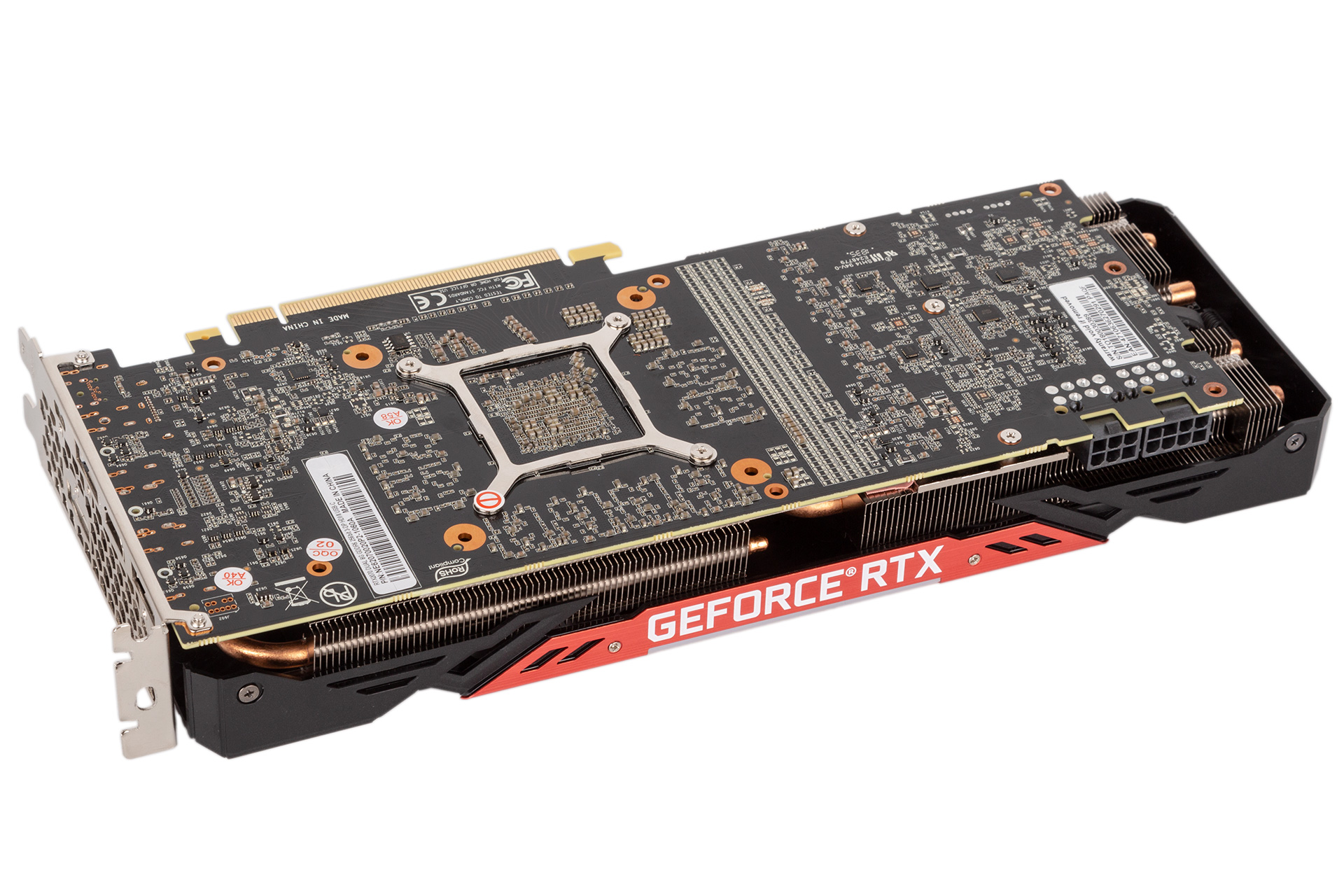
The Palit cooler does a decent job keeping the RTX 2070 GPU tamed. Our sample was boosting very consistently to 1,740MHz or so under load with no real sign of throttling. The fans span up to just over 2,000 RPM to maintain the nice low delta T we see, at which point they emitted an audible but quiet hum.
The power consumption figures paint this card in a good light, too, with 279W for the full system being remarkably low and a good saving on the GTX 1080 OC and a massive saving on the RX Vega 64.
There’s a decent level of overclocking headroom on the GTX 1070 it seems, and we’re already seeing partner cards shipping with massive overclocks pre-applied (over 200MHz in some cases). Our card managed an especially good result in Wolfenstein, with this seeming to be the title that the Turing architecture has taken most kindly too, but even in other games it’s nipping at the heels of a pre-overclocked GTX 1080 Ti, and power doesn’t go up much either.
Conclusion
If you’re shopping with a GPU budget of around £500, your choice is pretty the RTX 2070, the GTX 1080, and the RX Vega 64. We’d say the results here show quite clearly that the RTX 2070 is the best of that bunch, offering slightly higher frame rates and lower power consumption. The precise benefits of Turing and RT cores annoyingly remains very hard to gauge right now, but the promise they hold is at least exciting, and they’re of course exclusive to the RTX club. That said, if you’re already an owner of either of these two cards, the RTX 2070 will not be worth an upgrade.
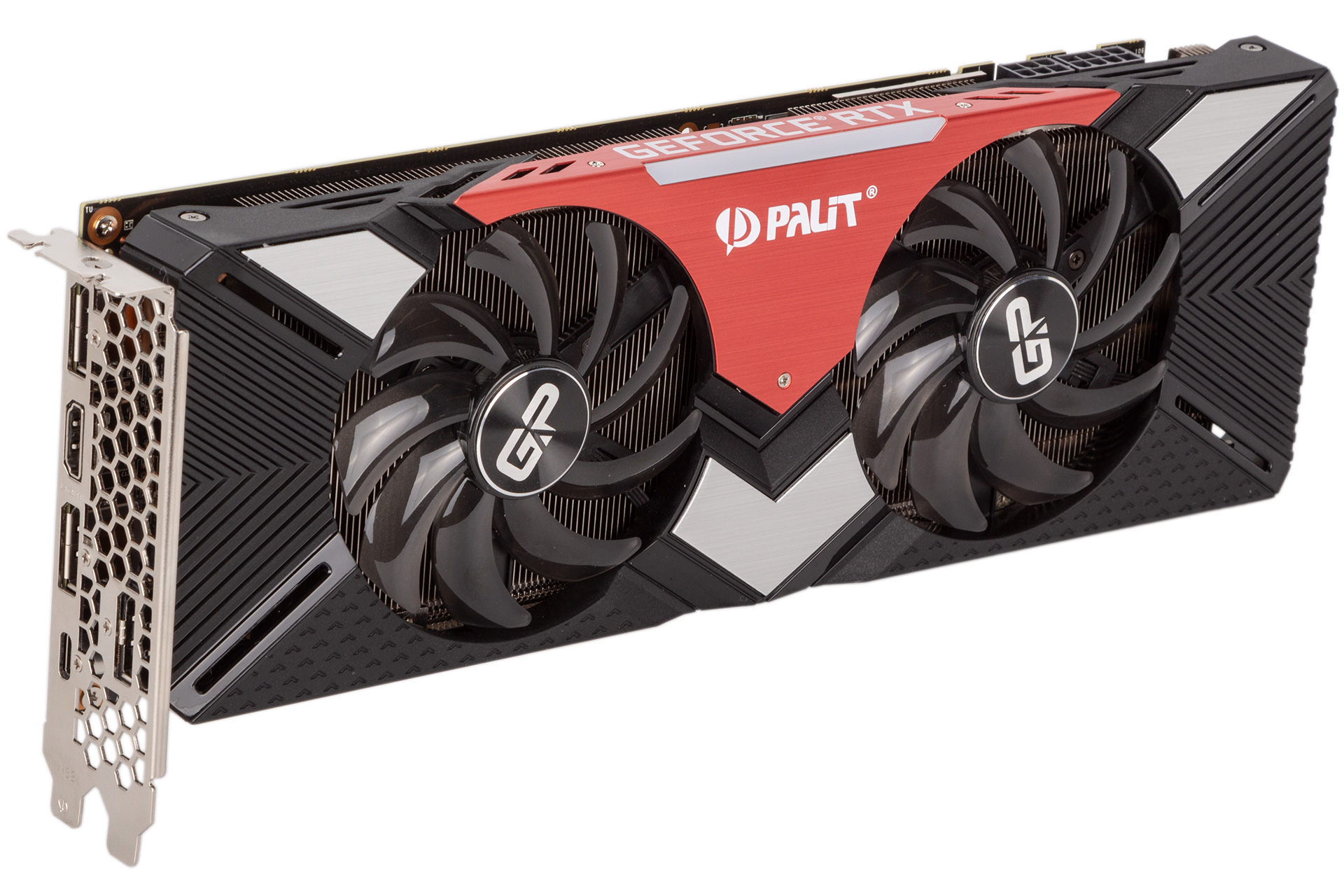
Like the RTX 2080, the RTX 2070 is best suited to gaming at 1440p, and while frame rates will be lower on this part, the experience won’t often be drastically different, which makes the lower price here all the more tantalising, even if we are still talking about a £460 graphics card. The entire RTX family is still very much a premium offering, but the RTX 2070 at least makes the Turing architecture realistic for more gamers.
When it comes to this Palit card, the key area that it wins in is of course price, and actually its efficiency seems remarkable too. Hopefully, this price will continue to be honoured as the months go on, because it really is a pretty unexciting card aesthetically and from a features standpoint. If the price creeps up, it risks getting too close to the £549 Founders Edition. Either way, if you’re looking to get in on the RTX train for as low a price as possible, the Palit RTX 2070 Dual will get you there without major drawbacks.


MSI MPG Velox 100R Chassis Review
October 14 2021 | 15:04

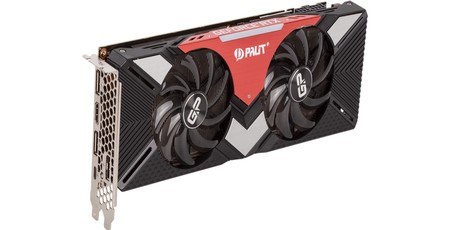
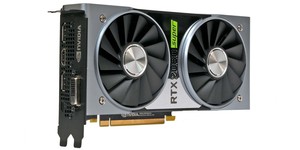

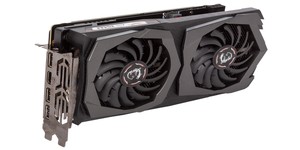




Want to comment? Please log in.